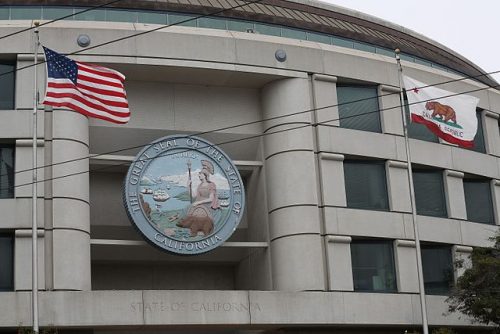
California’s Attorney General Says Feed-in Tariffs Legal in USA
The AG’s filing with the CPUC settles a long-standing question about whether federal law prevents states from setting wholesale energy prices with FITs.
In a significant filing June 25, 2009 California’s Attorney General (AG) argued that feed-in tariffs as proposed in California are not only permitted under federal law but that they should be used to encourage the rapid growth of renewable energy.
The submission, part of hearings by the California’s Public Utility Commission (PUC) on whether the state can meet its Renewable Portfolio Standard, is potentially far-reaching because feed-in tariff opponents often raise the specter of federal-government intervention on the grounds that renewable tariffs violate federal law.
The AG is the legal representative of the government of California. However, it is the PUC that sets electricity rates. It is the PUC that will rule on whether to use feed-in tariffs and, if so, what rates should be set.
Nevertheless, the filing by the AG has created a stir not only in California but nationwide for several reasons, not the least of which is that California’s AG is Edmund G. Brown Jr., known worldwide as Jerry Brown.
Brown was governor of California from 1975-1983 and mayor of Oakland, California from 1998-2006. He is widely recognized in the annals of renewable energy as responsible for the massive development of renewable energy in California during the early 1980s. The majority of the wind and solar generating capacity operating in the state was installed during that period.
California won its reputation as a leader in renewable energy and energy conservation during Brown’s administration and has lived off that reputation for nearly a quarter-century. It was under Brown’s leadership that the then PUC created the world’s first successful feed-in tariff, Standard Offer Contract No. 4.
Brown has said that he plans to run for governor again in 2010.
The AG’s filing specifically says that the PUC “has sufficient legal authority to set feed-in tariff rates to promote the adoption of distributed generation.” Moreover, the AG goes on to encourage the PUC “to proceed with its efforts and to set the feed-in tariff rate at a level that encourages a significant increase in the megawatts of distributed renewable energy available in California.”
Feed-in tariff opponents have argued that the Public Utility Regulatory Policies Act (PURPA), a part of 1978’s National Energy Act, precludes renewable tariffs based on the cost of generation, or in the language of the PUC, “seller’s cost of service.”
The AG counters that “PURPA empowers the State, through the PUC, to set avoided cost rates. Nevertheless, federal law loosely governs the rate-setting method. . .” and suggests that there are ways to meet PURPA’s requirements while meeting the need to rapidly develop renewable energy through what amounts to setting a tariff based on the cost of generation. “Whatever the mechanism,” says the AG’s filing, “the price should allow recoupment of costs and a modest rate of return over a reasonable time period.”
Equally as important, the filing squarely confronts the Supreme Court’s decades-old decision throwing out an early feed-in tariff in Iowa on PURPA grounds. “The Midwest Power Systems ruling does not preclude California from setting avoided cost rates for distributed renewables,” says the AG.
The mere threat of the old Midwest Power case was used effectively to kill a proposed Renewable Energy Sources Act in Iowa earlier this year.
Feed-in tariff proponents are breathing a sigh of relief. “With this brief, the California attorney general has exorcised the ghosts of PURPA from American feed-in tariffs,” said John Farrell, author ofFeed-in Tariffs in America. “This legal opinion supports the PUC’s use of full-powered, technology-differentiated, cost-based feed-in tariffs and it gives California and America the world’s most effective policy tool to meet their renewable energy goals.”
Farrell’s assessment was echoed by Toby Couture, an expert on feed-in tariffs for Energy Analytics and author ofseveral reportson the policy for the National Renewable Energy Laboratory. “This clarifies an important uncertainty in FIT policy design in the U.S., and sets a clear precedent for allowing cost-based FITs to be implemented at the state-level in the U.S., says Couture.

